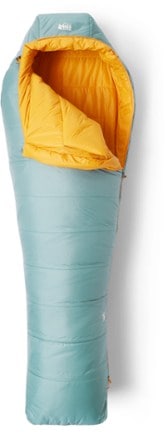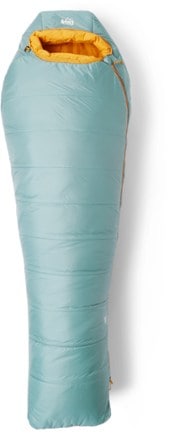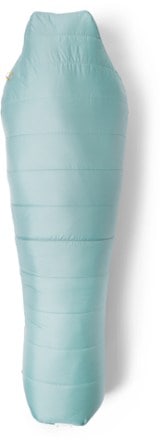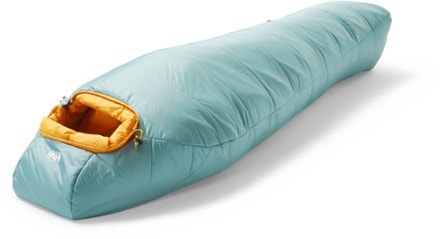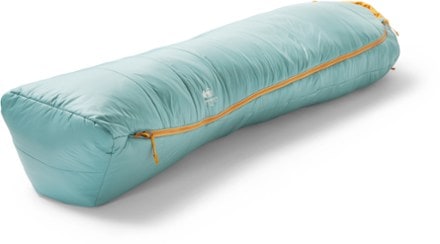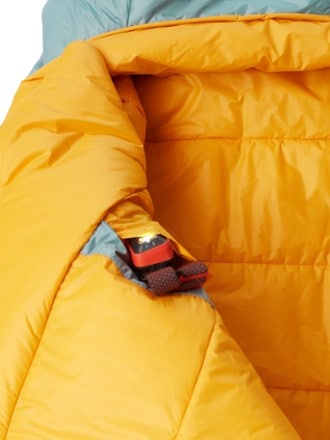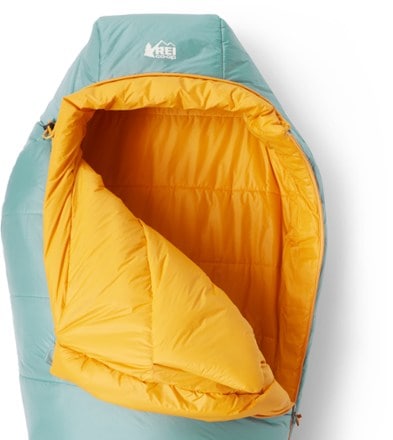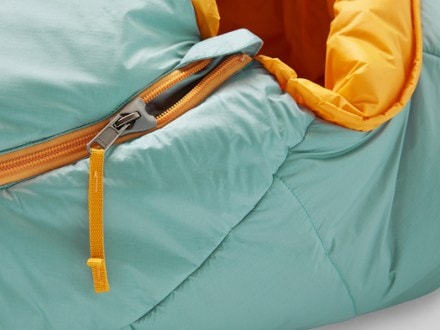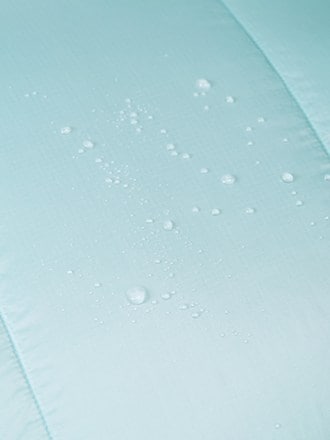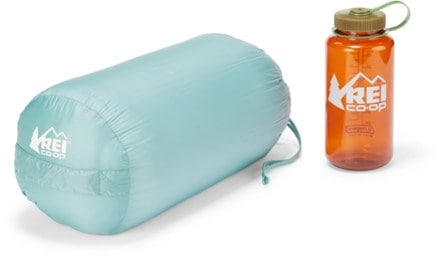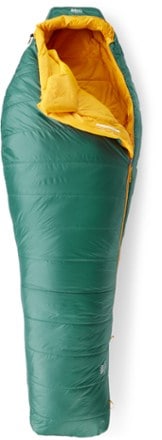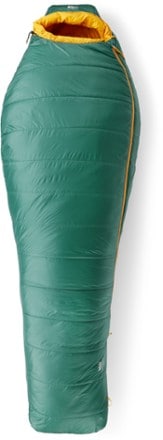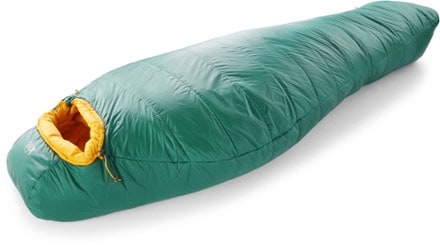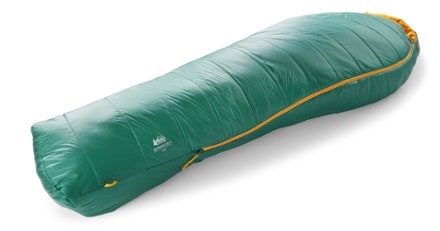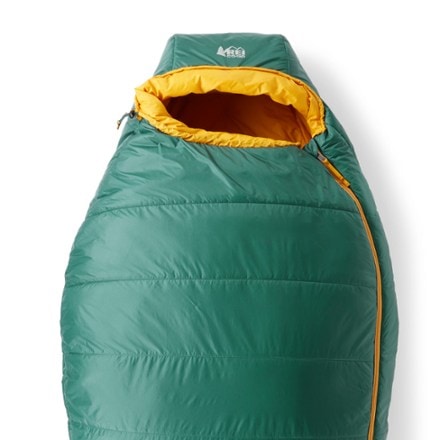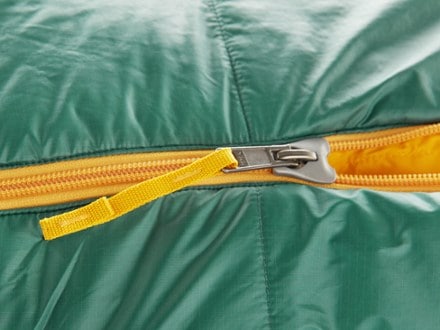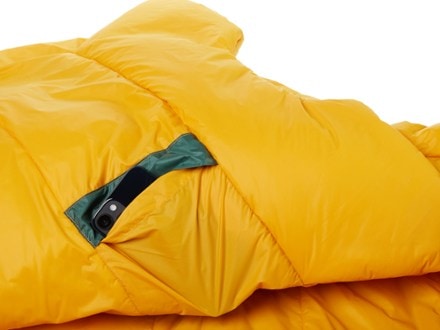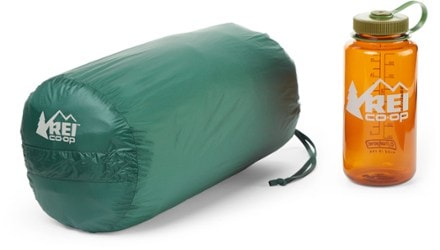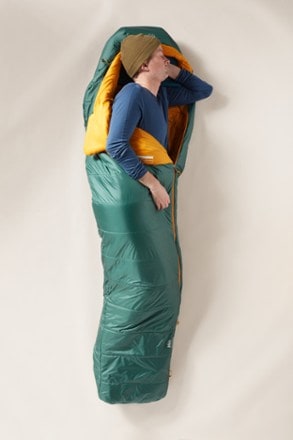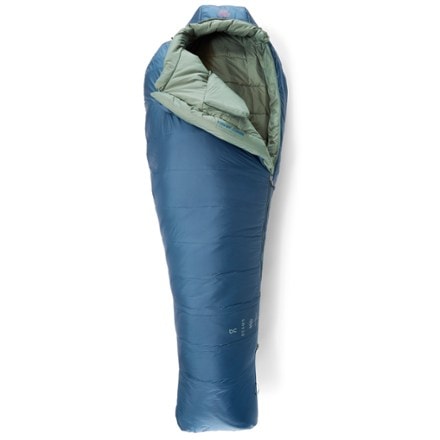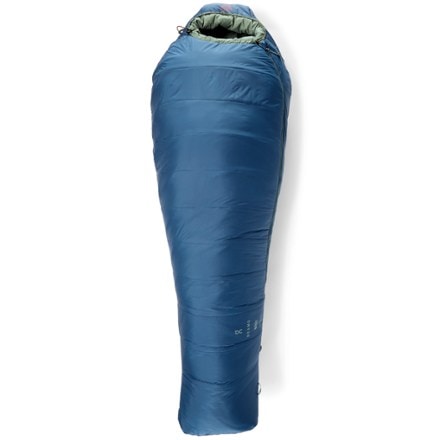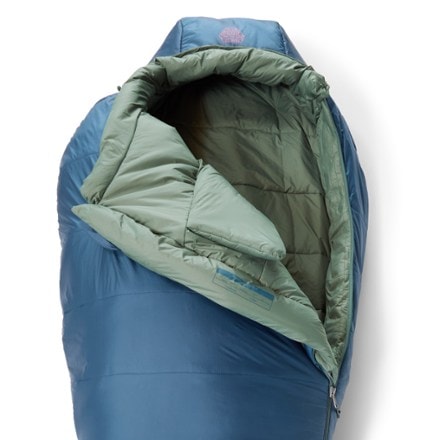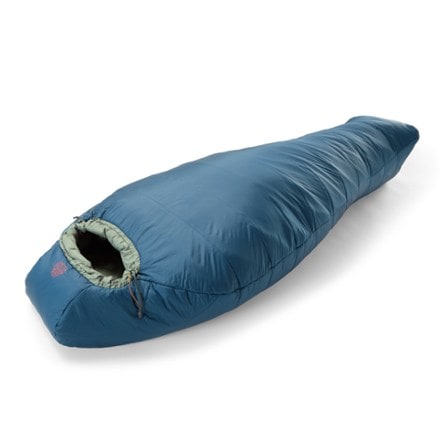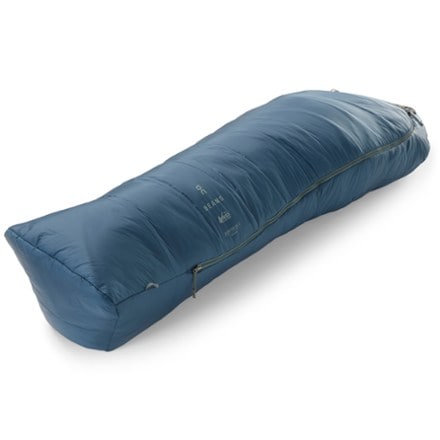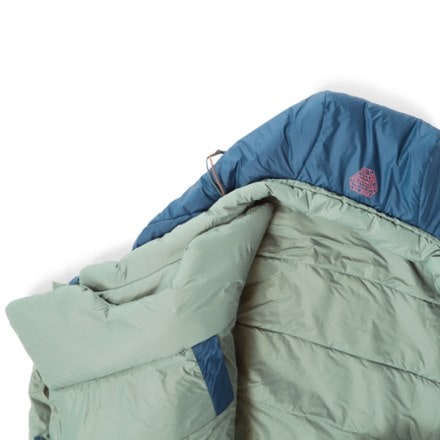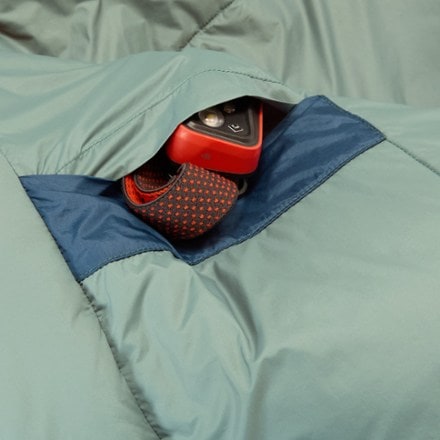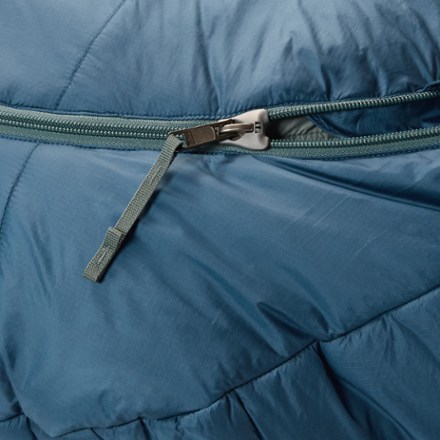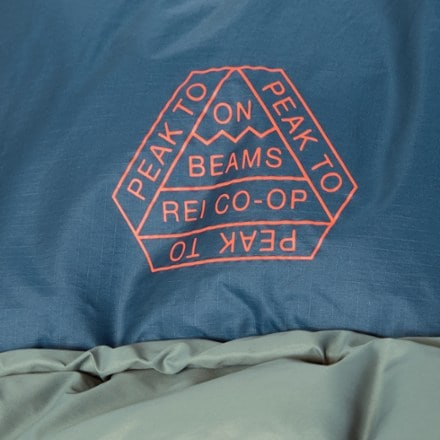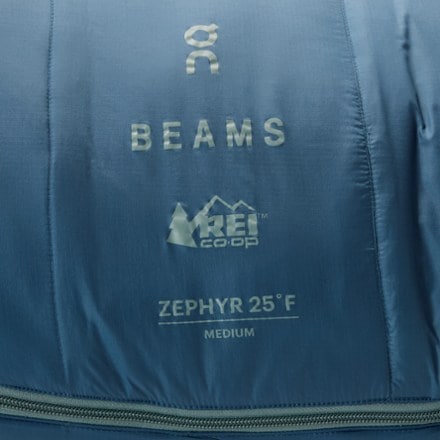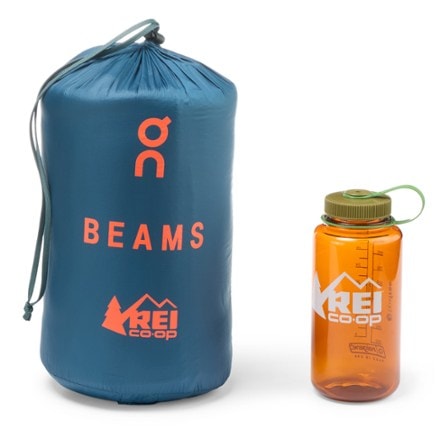REI Co-op Zephyr
(3 products)- Sleeping Gear (3)
- 1.50 to 2.99 (2)
- 3 to 4.99 (2)
- bluesign (3)
- Climate Label Certified (3)
- Recycled Materials (3)
- Deals (1)
- 650 Down (9)
- Activator (6)
- Active Pursuits (29)
- Base Camp (6)
- Big Haul (7)
- Camp Dreamer (2)
- Campwell (36)
- First Chair (4)
- Flash (34)
- Flexlite (7)
- Half Dome (12)
- Hyperaxis (1)
- Junction (8)
- Link (2)
- Magma (7)
- Merino 185 (15)
- Opt Outside (7)
- Passage (2)
- Powderbound (20)
- Rainier (10)
- Roadtripper (6)
- Ruckpack (7)
- Sahara (36)
- Siesta (2)
- Stormhenge (4)
- Stuff (6)
- Sustain (14)
- Swiftland (50)
- Take Your Time (1)
- Tarn (5)
- Timber Mountain (9)
- Trail (10)
- Trail Hut (1)
- Trailgate (9)
- Trailmade (38)
- Trailsmith (6)
- Traverse (7)
- Wonderland (7)
- XeroCloud (6)
- Zephyr (3)
- Backpacking (3)
- Synthetic (3)
- 3-season (3)
- Mummy (3)
- 1-person (3)
- 20 to 39 degrees (3)
- Left (3)
- REI Co-opZephyr 25 Sleeping Bag - Kids'$149.00(2)2 reviews with an average rating of 3.5 out of 5 stars
- REI Co-opZephyr 25 Sleeping Bag$199.95(9)9 reviews with an average rating of 4.1 out of 5 stars
- REI Co-opOn x BEAMS x REI Co-op Zephyr 25 Sleeping BagOnly at REI$139.93Save 30%compared to $199.95(0)0 reviews
Related Expert Advice articles
What material is best?
Wool is moisture-wicking and odor-resistant, while synthetic fabrics are more durable and less expensive.
Match the temp to the trek
Lightweight layers are best for moderate to cool temperatures. Midweight layers are best for cold temperatures. Heavyweight layers are best for below-freezing temperatures.
Find your fit
To be able to wick sweat efficiently, your next-to-skin layer needs to actually be next to your skin. A comfortably snug fit everywhere is your goal.
Waterproof vs. water-resistant
- A waterproof jacket keeps out hard, driving rain
- A water-resistant jacket can handle light rain for a brief time and is more breathable
Windproof vs. wind-resistant
- Any waterproof jacket is also windproof to shield you in stormy weather
- A wind-resistant jacket will offer much lighter protection
Hard shell vs. soft shell
Like a waterproof and windproof rain jacket, a hard shell will offer the most protection, but less breathability than a soft shell.
Do you need insulation?
For very cold rainy weather, consider an insulated shell, which will have down or synthetic fill for warmth while being waterproof and windproof.
Proper care is key to performance
Every rain jacket or rain pant needs regular maintenance to keep on keeping you dry, so follow care instructions to keep yours lasting.
Types of packs
Backpacking packs can be 30 to 70-plus liters. To choose the right capacity, consider trip duration and the gear you’ll bring.
Backpack features
Think about the frame type, location of important pockets, padding and ventilation, among other things.
Backpack fit
Your pack should be correctly sized for your torso length (not overall height) and hip circumference. A fit-expert at an REI store can help.
